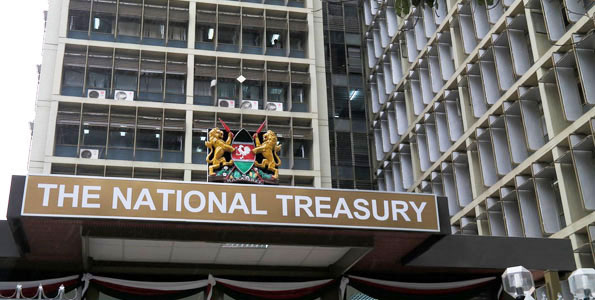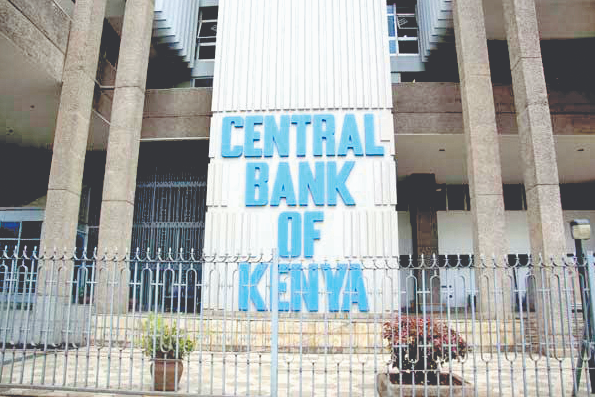External debt payment to hit Sh475b as crisis sticks

The National Treasury projects repayment of external debts will hit Sh475.6 billion in the 2023/24 financial year (FY) starting next month, highlighting the pain of Kenya’s debt stock that will be a headache to the administration.
While appearing before the budget committee last week, Treasury noted that the amount is huge compared to Sh242.1 billion used to service foreign loans in the current 2022/23 FY, that is ending this month.
However, they did not disclose whether the projected Sh475.6 billion foreign debt obligation in the next budget is just the principal amount or is inclusive of the interests.
The Sh242.1 billion in FY 2022/23 contradicts the Sh312.6 billion the State cliams to have used to pay external lenders in nine months to March 2023 as recently reported by Treasury in the last Quarterly Economic and Budgetary Review, for the period ending March.
More than half of the projected Sh475.6 billion external debt servicing is largely linked to Kenya’s first-ever $2 billion (Sh270 billion) Eurobond maturing in June 2024. The government is now weighing options of either a bond switch or buyback, after it started to source a lead manager in April to help address this bullet repayment.
“The National Treasury is at advanced stage of procuring lead managers to provide advisory services in the next few weeks. In the meantime, the government will meet all other external debt service payments due through revenues and refinancing,” Treasury Cabinet Secretary Njuguna Ndung’u had earlier told the Ndindi Nyoro-led Budget and Appropriation Committee (BAC).
Bond switch
A bond switch will exchange the current maturity with different longer tenor bonds. In the event of a buy buck option, Treasury will be forced to tap concessional loans from bilateral and multilateral lenders through the international capital market to settle the maturities after a similar attempt flopped in 2022 amid a liquidity crunch.
Kenya’s multilateral financiers is mainly dominated by the likes of International Monetary Fund (IMF), World Bank, and Africa Development Bank.
Bilateral lenders comprise US, China and European nations like Britain, France and Germany which have been lately intensifying deals with Kenya since President William Ruto assumed office.
Chinese funding to Kenya for the upcoming FY is expected to fall massively to Sh1.74 billion, the tiniest in 16 years.
Yields on Kenya’s Eurobonds increased by an average of 24.4 basis points, with 2024 maturity increasing by 46.1 basis points, meaning the foreign investors will expect higher interest rates on the back of the devaluing of Kenya shilling against the dollar.
“They will have to refinance that one (maturing bond) because it is a huge expensive amount. That is the only time treasury will be forced to go back to the international market,” says George Bodo, market analyst at Genghis Capital Ltd.
The debt repayment headache comes on the back of ordinary revenue shortfalls which widened to Sh144.9 billion by the end of April. Treasury expects Kenya Revenue Authority (KRA) collection for the full 2022/23 year to be off the Sh2.2 trillion targeted by the close of this month.
Other than the external debt, there are also loan repayment pressures emanating from the domestic market courtesy of maturing the short-term government securities that will drain a significant portion of collected revenue. Kenya’s total debt stock, currently at Sh9.4 trillion, is now split in half between domestic and foreign lenders.












